Sports Direct posted a healthy rise in underlying earnings in its preliminary results, which the retailer largely attributed to its next-generation store portfolio.
It has been a year since Mike Ashley unveiled the retailer’s audacious vision to establish itself as the ‘Selfridges of sport’ and in so doing boost underlying EBITDA between 5% and 15%.
While many were sceptical, Ashley has delivered on his promise – Sports Direct posted a 12% increase in underlying EBITDA to £306.1m in the year to April 29, buoyed by a 3.5% boost in group revenue to £3.4bn.
Arguably ill-advised investments in the likes of Debenhams aside – it took an £85.4m hit on its stake in the department store business – it has been a relatively stable 12 months for the sports retailer after a torrid few years.
Sports Direct is confident this momentum will continue. Head of elevation Michael Murray said the retailer would deliver another underlying EBITDA rise of 5% to 15% in its current financial year “as the property pipeline and brand relationships accelerate”.
Strategic step-change
Those keys to success of strong relationships with top brands and a revamped store estate are inextricably linked. Peel Hunt analyst Jonathan Pritchard says they demonstrate a step-change in the retailer’s strategic thinking.
“My biggest takeaway from the results is how the new-generation stores are focusing on sports participation rather than fashion,” Pritchard says.
“This tact means that they are not a poor man’s JD Sports, but a different sort of company with a different pursuit. They realise that they’ve lost the athleisure race, so why not try a different race altogether?”
Pritchard adds that the tactic of focusing on high-quality sports clothing and equipment gives Sports Direct an opportunity to strengthen its relationship with key brands such as Nike and Adidas, as it gives them a retail home for their more specialist product lines that are less likely to be stocked in JD Sports, Footasylum or Foot Locker.
Sports Direct says the concept of its new flagship stores “is constantly evolving based on feedback from customers and our third-party brand partners”, which is apparent given the pivot in focus in its latest new-generation store in Thurrock.
The store has a section dedicated to football kit and equipment alongside its sports fashion offer USC, a state-of-the-art gym and a luxury fashion proposition from upmarket fascia Flannels.
The retailer has also invested in experiential in-store technology, including selfie mirrors and a 360-degree GIF facility that allows shoppers to see the outfit they are trying on from all angles.
The store layout and diversity of product offered represent a seismic shift from the ‘pile it high, sell it cheap’ philosophy Sports Direct stores have become known for. It is a new concept that the retailer plans to continue rolling out.
Sports Direct has 19 new-generation stores, in which it invested £140m during the financial year. Deputy chief financial officer Chris Wootton says it aims to double the number of new-generation stores over the next 12 months.
“The results coming out of our flagship stores are really strong,” Wootton says.
“We wanted to make sure we not only maintained but grew their performance and so far that has been the case. We have a pipeline of properties we own but it will take time to convert them into our retail destinations. This is definitely a strategy we will be going with for a number of years yet.”
Sports Direct has 455 stores across the UK, so its 19 new-generation flagships are a small portion of its store estate.
It would be easy to think the retailer will rapidly ramp up its expansion of the format, given the headroom it has to grow into.
But Pritchard says the business is being increasingly discerning about not just the quality of its new stores, but locations as well.
He explains that in a meeting with City analysts following the retailer’s full-year results, Ashley said Sports Direct was “not allowed” to open in subpar sites simply because they were in desirable locations.
So while the Sports Direct of a few years ago might have snapped up a raft of former Toys R Us stores, it is now holding out for a higher calibre of site in locations they want, in order to keep its key brand partners and shoppers engaged.
Wootton echoes this sentiment when discussing the retailer’s ongoing expansion strategy.
Asked whether the retailer plans to grab any stores affected by the raft of CVAs so far this year, he says: “Our eyes are on all property opportunities and we did pick up a few BHS sites back in the day. But all our new properties are dependent on market conditions – we won’t go and buy properties willy-nilly if the conditions aren’t right.”
Appointments including Murray and head of strategic investments Liam Rowley indicate that the era of Ashley reigning over Sports Direct with a vice-like grip may be ending – and yielding positive results.
Whether or not this continues, Sports Direct’s Thurrock flagship is a compelling statement of intent and demonstrative of the new type of shopping experience Ashley wants to provide.




















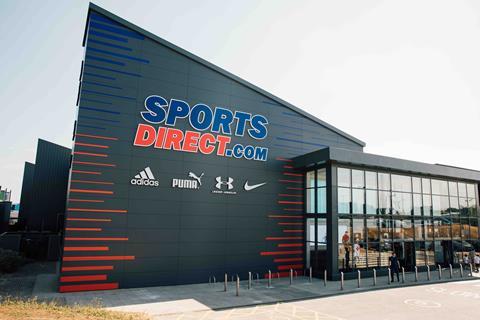
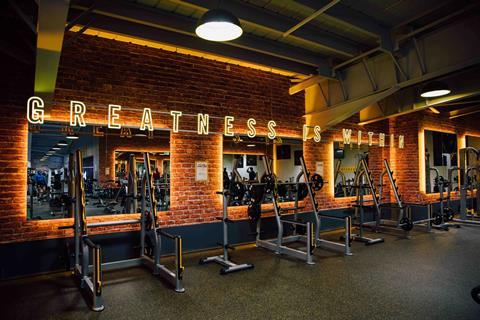

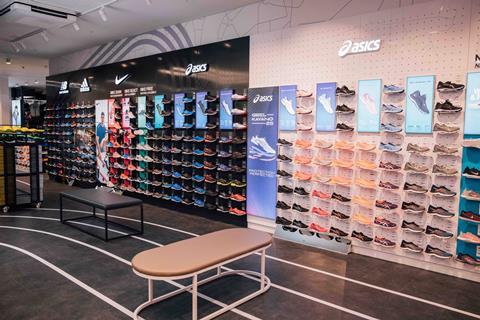
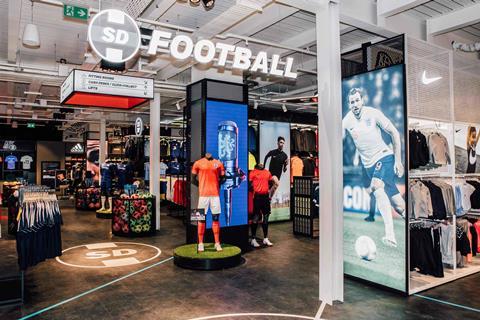
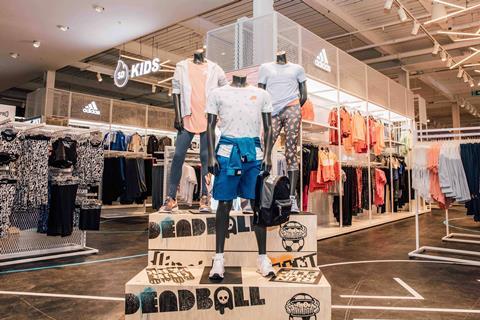
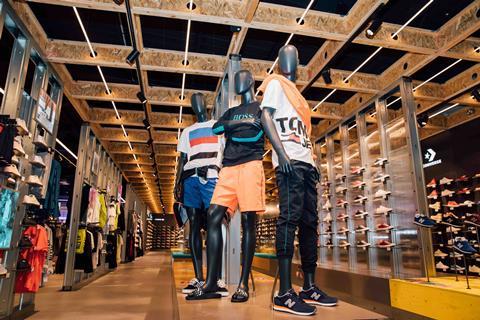



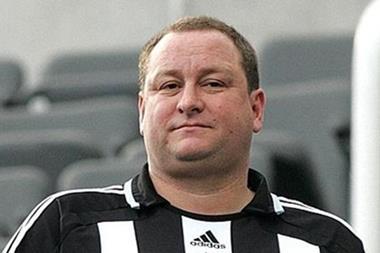

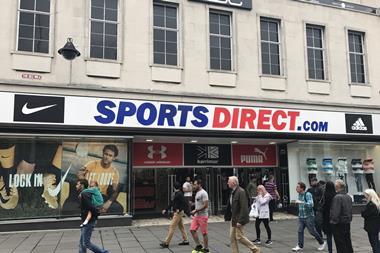

No comments yet